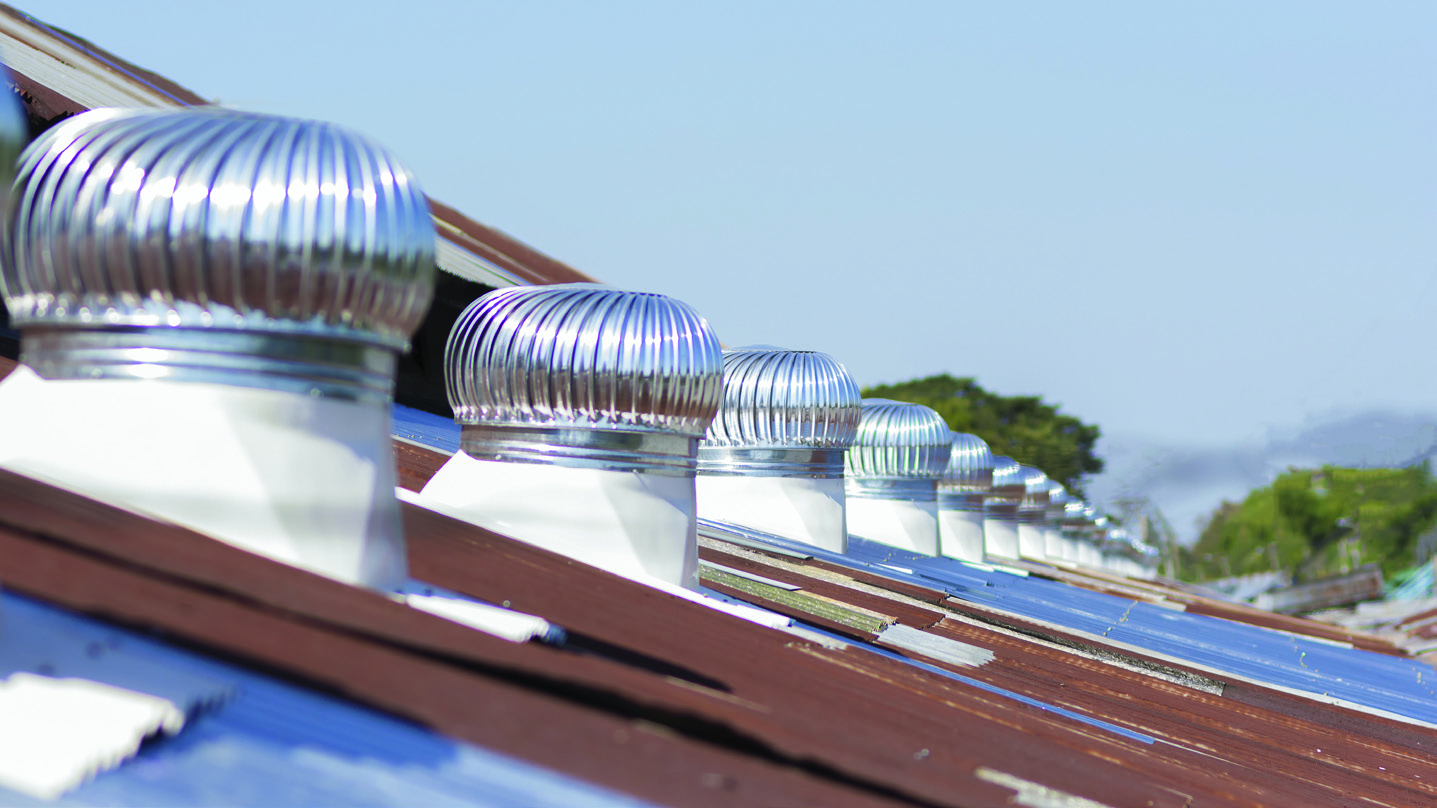The discovery of asbestos traces in ventilation pipes during renovation works at the Prince of Wales Hospital have re-highlighted the dangers of asbestos exposure and the importance of proper handling.
The asbestos fibres detected in pipes on the seventh floor in the hospital’s Special Block raised about possible exposure of the highly toxic building material to maternal patients and healthcare staff on the sixth and eighth floors.
The contractor has since fenced the area and posted warning labels, and renovation works have been suspended.
Legislative councillor and head of nursing and health studies in the Open University of Hong Kong, Joseph Lee Kok-long pointed out that the hospital and the EPD must immediately find out what really happened in relation to the monitoring plan, and then act accordingly.
“When renovation works are underway, the hospital management must adopt all necessary measures to prevent the substance from getting into the air, such as sealing off the entire construction area where asbestos materials are being removed, and using powerful vacuum cleaners to clear the asbestos fibres,” he adds.

Once widely adopted by the local building industry as a highly effective heat, electricity and sound absorbent as well as fire prevention material back in the 1980s, asbestos has been classified by the World Health Organization’s International Agency for Research on Cancer (IARC) as Group 1 carcinogens, mainly due to its tiny airborne fibres.
Once inhaled, the colourless and odourless substance can cause irreversible damage to the body’s mucous membrane, which can take up to 20 to 30 years before related symptoms manifest themselves. Exposure to asbestos can raise the likelihood of cancer by five times, as well as other diseases such as chronic obstructive pulmonary disease, pneumoconiosis, pulmonary hypertension and right-sided heart failure.
Under section 80 of the Air Pollution Control Ordinance, the import, transhipment, supply and use of all types of asbestos and asbestos-containing materials have been banned in Hong Kong. — Construction+ Online

 Malaysia
Malaysia Singapore
Singapore Indonesia
Indonesia Tiếng Việt
Tiếng Việt ประเทศไทย
ประเทศไทย









